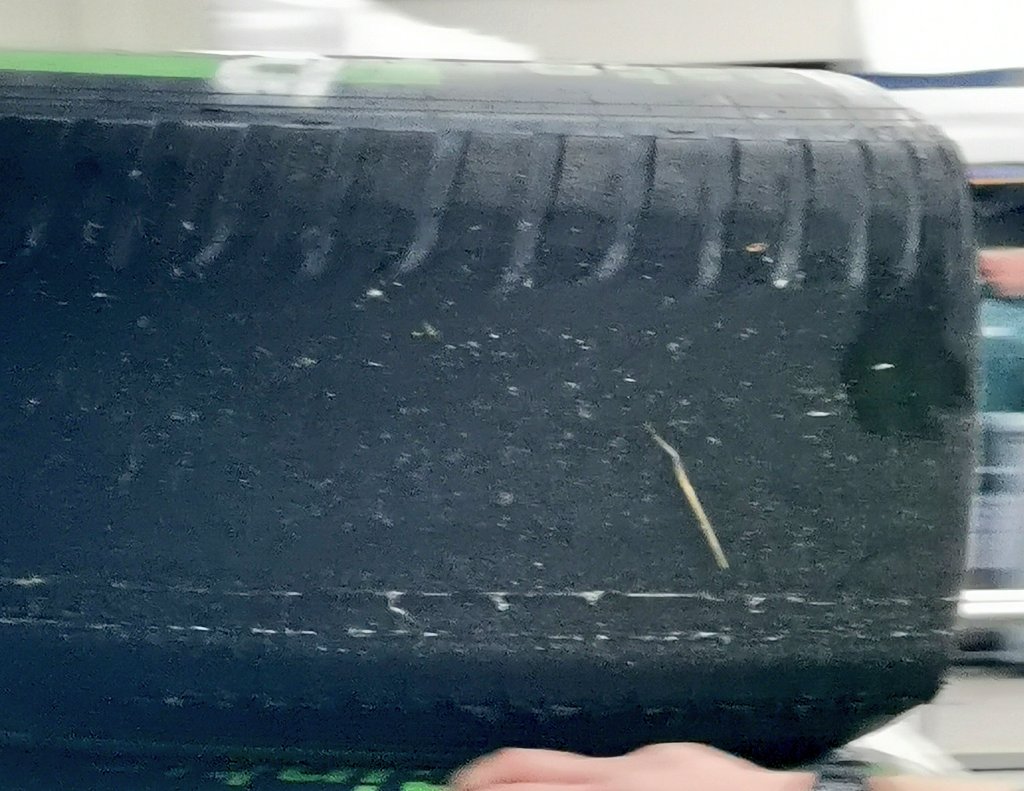2011 cars had kers, come on man, it's even seen at the end of the video you yourself postedArtur Craft wrote: ↑11 Oct 2021, 17:39I reckon the speedometers are displaying correct speeds, just not digital numbers as nowadays. But, if the 275km/h is flashing on, then I do believe the car achieved 275km/h. No reason for the speedometer, in 2009/10 to be inacurate.Juzh wrote: ↑10 Oct 2021, 19:042009/2010 cars are not going faster than 2021, you are 10 kmh off on the scale on that silly speedo that they used back then. As you can see in final clip from 2011 (pole lap), Vettel enters T8 with DRS and KERS help at 275 kmh, then bleeds off 10 kmh mid corner, hovers at 265 and then starts to regain speed again.
Compare to that to Leclerc's Q3 lap this year. Entry speed 278 kmh, minimum speed 271. Obviously he could go faster if he had more power, but I suspect they dont use battery trough T8 to preserve it for back straight.
Early RB6 before F-duct was aerodynamic brick and I doubt they had more than 270 kmh entry speed, and probably no more than 265 mid corner. Same with sauber probably.
In 2011, Vettel is probably reaching with lower speed because he must have exited T7 with much lower speed than the 2009/10 cars. IIRC, they no longer had KERS in 2011 and that was a huge acceleration boost for Massa, on 2009, to speed up faster out of the lower speed corners. And the RB6 had so much downforce(DDD and EBD), for it´s weight, that it could exit T7 with much higher speeds than the RB7, which was also very draggy(not only the RB6).
I read Newey saying the RB6 was the fastest car F1 ever had because, according to him, they could reach sustained 5.5G(not instant peaks when a drivers rides a little bump along the cornering) through T8. I saw many onboard this past weekend with cars going flatout on T8 but reaching only a peak of 5G(even that was rather rare) and sustained Gs only around 4.something
So, in the end, I´ll believe the speedometers and Newey.
PS: Your arguments are reasonable and might portray the true picture but I have to give some credit to these other factors because I remember how the early Mercedeses, Ferraris and Red Bulls, of this current generation, struggled against the RB6 on Campsa and Copse, before the new much "grippier tarmacs" and I don´t buy the possible claims that the 2020/21 cars got so much more downforce than on 2017/2018, given the same regulations, or even worse, for this year(Hamilton was already going almost flat on Pouhoun on 2017.... but aero setups make a huge difference, particularly on Monza and Spa)
2010 cars didn't have it as per agreement between teams, even though they retained 620 kg weight to supposedly compensate for it.
Some cars had it in 2009. Ferrari, mclaren, bmw on some races. Red bull, Brawn didn't.
RB6 wasn't at all that much faster in turkey's turns than RB7, if at all (got beat by 1.3s in quali). Certainly not enough to make it faster up the hill to T8 against RB7 with kers + DRS, just no way that's happening.
I'm not entirely sure that scale is showing 275 kmh rather than 270 back in 2009. If the scale goes up in 15 kmh increments that would mean RB5 is 8 km/h faster on T8 exit than RB7 with DRS - not happening.

I think Newey said that thing about RB6 being most DF loaded car back in 2015 when cars were slow AF. RB6 has since been far surpassed in terms of downforce generation, like it's not even close, I'd say even 2021 Haas has more outright DF than RB6.
2017 pouhon was a pretty big exception in terms of achieved speeds (even though hamilton was flat there in 2018). 2018 cars already had miles more speed than 2017 cars trough I would say every single corner and laptimes fell as well. Subsequent 2019 and 2020 cars were on a completely different level then.
If you were to compare 2017 vs 2019 S section in suzuka where more DF really comes into its own it's like a night and day difference. 2019 car is around 15-20 kmh faster in every turn.


 , don't know if this was posted here already, did not see it at a quick glance.
, don't know if this was posted here already, did not see it at a quick glance.
